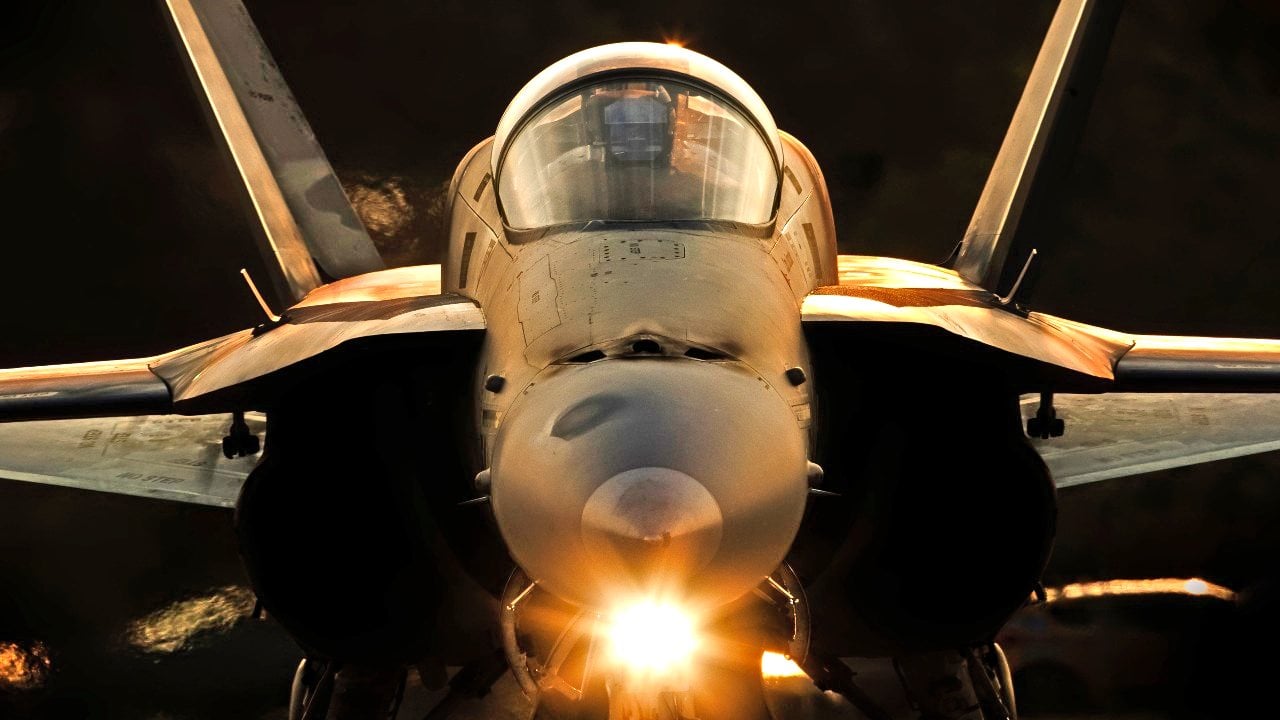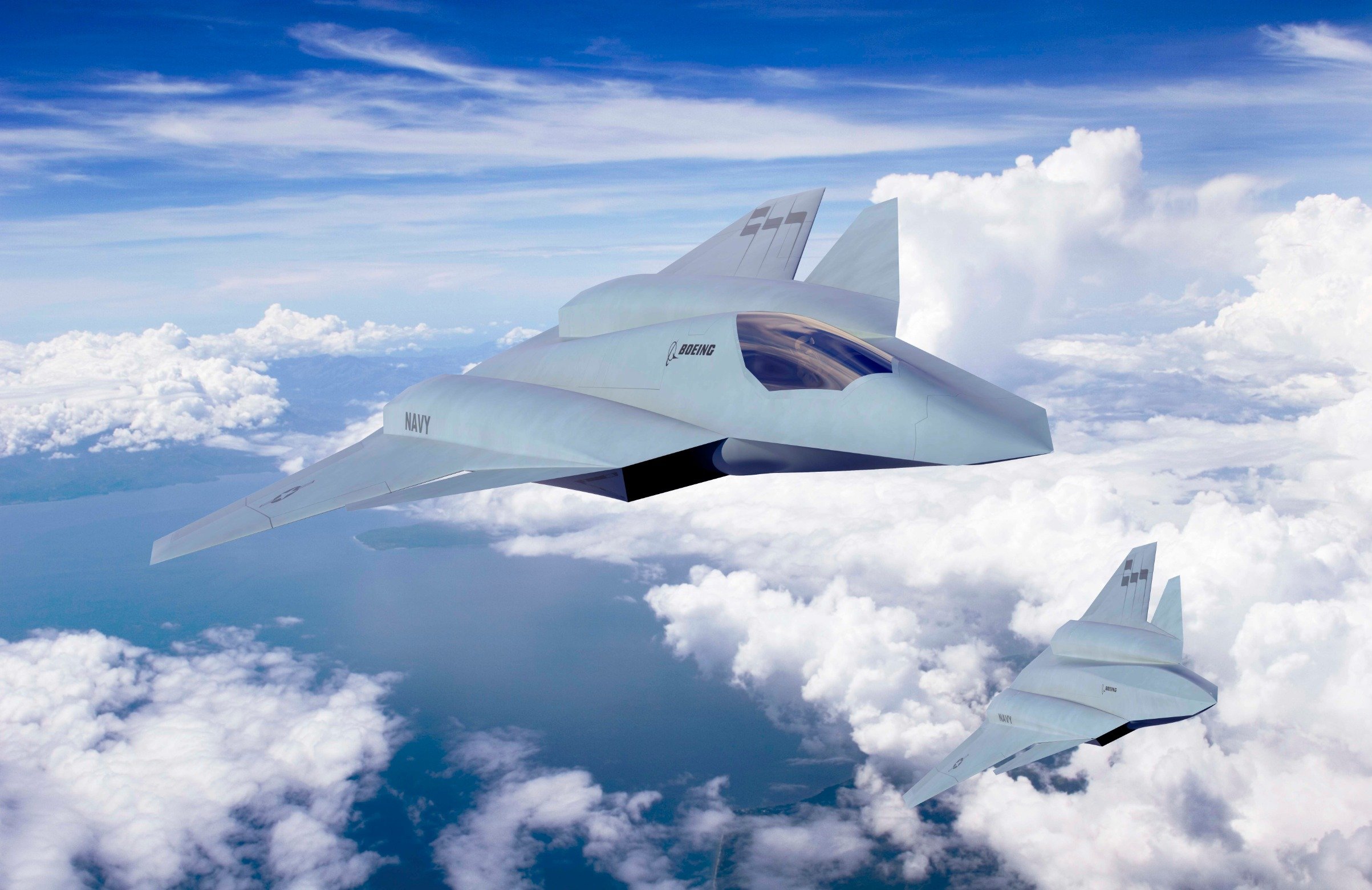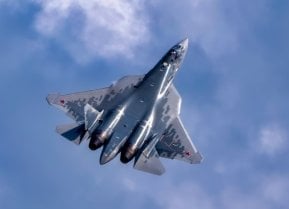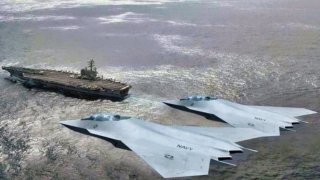Will the U.S. Navy's F/A-XX Have the Range Needed to Fight China?
Few details are known about the United States Navy's F/A-XX fighter, which is meant to be the cornerstone of the Next Generation Air Dominance (NGAD) program – not to be confused with a similar NGAD program now underway with the United States Air Force to replace the Lockheed Martin F-22 Raptor.
Few details are known about the United States Navy's F/A-XX fighter, which is meant to be the cornerstone of the Next Generation Air Dominance (NGAD) program – not to be confused with a similar NGAD program now underway with the United States Air Force to replace the Lockheed Martin F-22 Raptor.
Unlike the Air Force, the U.S. Navy has kept nearly all details of its NGAD development program secret. Moreover, the Navy even classified the budget line until the FY24 request was unveiled – and it was determined the F/A-XX program had been hidden under the Link Plumeria SAP code name.
Even following last summer's disclosure of the budget, U.S. Navy officials have continued to hold their cards close to the chest.
What we do know is both efforts are seeking to develop a system of systems that will include manned fighters, unmanned drones that can act as "loyal wingmen" and other technologies, including a combat cloud.
The primary missions for the F/A-XX next-generation fighter could include air combat, air-to-air, ground attack, surface warfare, and close air support. Platform requirements include supercruise capabilities as well as advanced next-generation stealth features, sensors, and radars with networking adaptability. Additional missions and capabilities include air-to-air refueling, reconnaissance, surveillance, and target acquisition (RSTA), and electronic warfare and countermeasures.
From these facts, it is very clear that the F/A-XX is meant to replace the aging F/A-18 Super Hornet and operate alongside the Lockheed Martin F-35C Lightning II.
F/A-XX: Range of Questions – Or a Question of Range?
A question that is whether the manned and unmanned components of the Navy's NGAD program will have the range needed to address the threats.
The F/A-18E Super Hornet has an unrefueled combat radius of approximately 390 nautical miles (449 miles or 722 kilometers) on internal fuel, and when external fuel tanks are added, its range can be extended up to 700 nautical miles (805 miles or 1,296 kilometers) without air-to-air refueling.
At issue is that the Super Hornet's range is only a third that of China's road-mobile, two-stage solid-fueled intermediate-range ballistic (IRBM) DF-26B (Dong Feng-26), which has a reported range of 4,000km (2,485 miles).
The mobile launcher can carry a 1,200 to 1,800 kg nuclear or conventional warhead, and as it could directly strike a target such as the U.S. territory of Guam in the event of war it should be seen as a formidable weapon. More ominously, the DF-26B has been described as a "carrier killer" due to how it could be used to target the U.S. Navy's fleet of Nimitz– and Ford-class nuclear-powered supercarriers.
The DF-26B is a dual-capable missile; the type of weapon banned by the Intermediate-range Nuclear Forces Treaty signed by the United States and the Soviet Union near the end of the Cold War. However, China was never invited to join the agreement, and the United States withdrew from the treaty during the Trump administration citing Beijing’s deployment of such weapons as a justification.
Beijing also operates the Dong Feng-21 (DF-21), which first entered service more than 30 years ago and replaced the obsolete Dong Feng-2 (CSS-1). It was China's first solid-fuel road-mobile missile, and it can deploy a 600 kg payload with a minimum range of 500 km (311 miles) and a maximum range of 2,150 km, the DF-21D's warhead is likely maneuverable and may have an accuracy of 20 m CEP (circular error probable).
Though the F/A-18 Super Hornet's range exceeds the missile, it could still be instrumental in striking a vessel in the open ocean or denying access to a potential opponent in transiting to a conflict zone in waters that Beijing seeks to control, such as the East or South China Seas.

The F/A-XX Will Need a New Engine
As Simple Flying reported, "No longer can the Navy rely on the occasional aerial refueling by an unstealthy platform – the F/A-XX is going to have to operate in contested airspace. This quest for range while having stealth will require new propulsion technology."
The answer could be adaptive engines, which can enable the aircraft to fly long-range, as well as efficient cruise, and also have bursts of speed when needed. In addition, those loyal wingmen drones will serve to protect the manned fighter on the way to the target and back home.

This could allow an aircraft carrier strike group to operate far from an adversary like China, and still be able to strike deep into enemy territory. Department of Navy acquisition officials have already described the future F/A-XX as being a quarterback in the sky that will be supported by a team of aircraft.
Author Experience and Expertise
Peter Suciu is a Michigan-based writer. He has contributed to more than four dozen magazines, newspapers, and websites with over 3,200 published pieces over a twenty-year career in journalism. He regularly writes about military hardware, firearms history, cybersecurity, politics, and international affairs. Peter is also a Contributing Writer for Forbes and Clearance Jobs. You can follow him on Twitter: @PeterSuciu.


